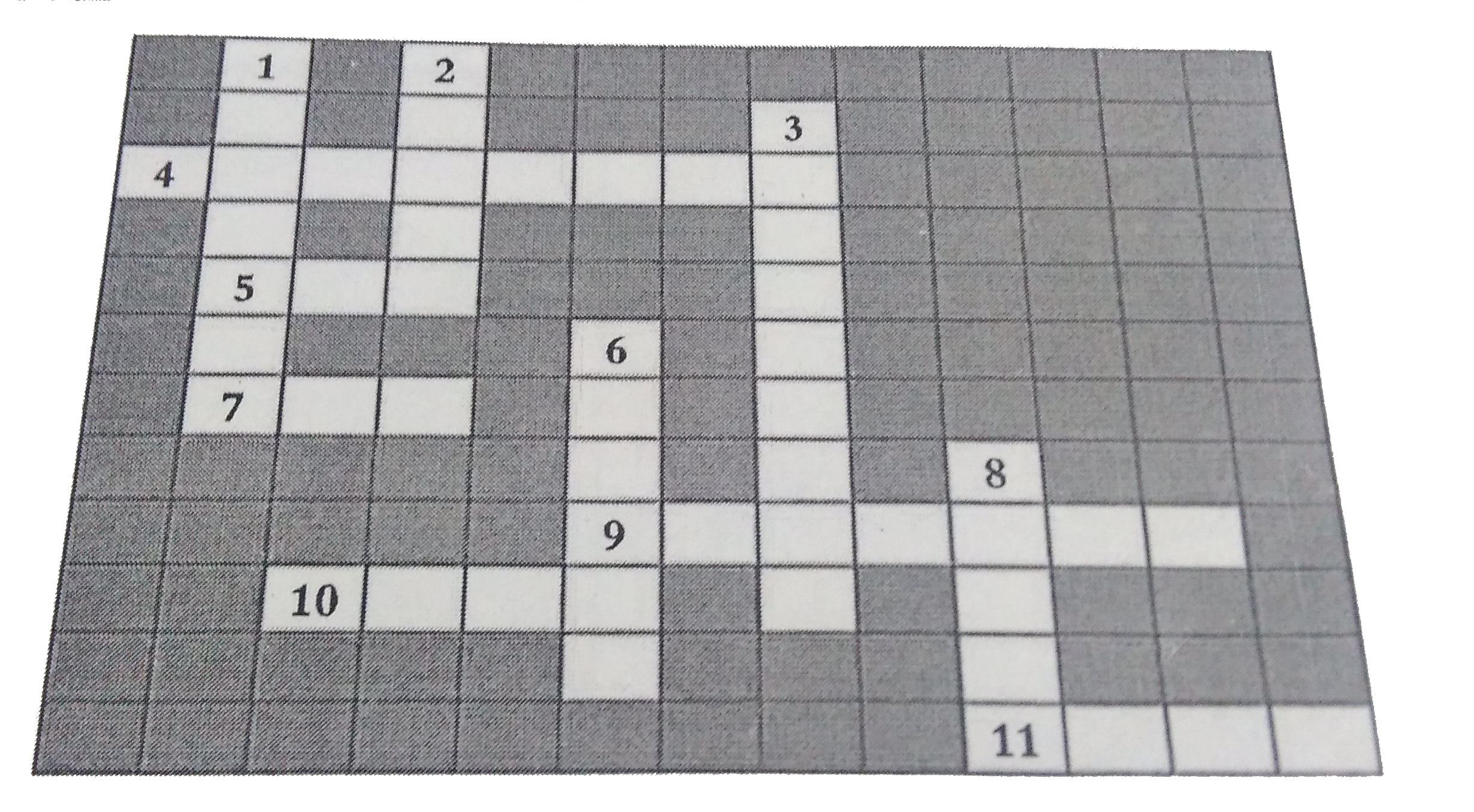Image formed due to convergence of light
Step-by-Step Solution:
1. Understanding Convergence of Light:
- Convergence of light occurs when parallel rays of light meet at a single point after passing through a lens or reflecting off a mirror. This point is known as the focus.
2. Identifying the Type of Lens:
- A convex lens is an example of a lens that causes light to converge. When light rays coming from a distant object (considered to be at infinity) pass through a convex lens, they bend inward and converge at the focus.
3. Formation of Image:
- When the rays converge at the focus, they form an image. The characteristics of this image depend on the properties of the lens used.
4. Properties of the Image Formed:
- The image formed due to the convergence of light through a convex lens has specific properties:
- Real Image: The image is real because the light rays actually meet at a point.
- Inverted Image: The image is inverted, meaning it is upside down compared to the object.
- Diminished Image: The image is smaller than the object, which is referred to as diminished.
5. Conclusion:
- Therefore, the image formed due to the convergence of light is real, inverted, and diminished.
---
- Convergence of light occurs when parallel rays of light meet at a single point after passing through a lens or reflecting off a mirror. This point is known as the focus.
- A convex lens is an example of a lens that causes light to converge. When light rays coming from a distant object (considered to be at infinity) pass through a convex lens, they bend inward and converge at the focus.
- When the rays converge at the focus, they form an image. The characteristics of this image depend on the properties of the lens used.
- The image formed due to the convergence of light through a convex lens has specific properties:
- Real Image: The image is real because the light rays actually meet at a point.
- Inverted Image: The image is inverted, meaning it is upside down compared to the object.
- Diminished Image: The image is smaller than the object, which is referred to as diminished.
- Therefore, the image formed due to the convergence of light is real, inverted, and diminished.
Topper's Solved these Questions
- LIGHTBOOK - PEARSON IIT JEE FOUNDATIONCHAPTER - LIGHTEXERCISE - ASSESSMENT TEST
30 Videos
- Force and Pressure BOOK - PEARSON IIT JEE FOUNDATIONCHAPTER - Force and Pressure EXERCISE - CROSSWORD
1 Videos
- MEASUREMENTS AND MOTIONBOOK - PEARSON IIT JEE FOUNDATIONCHAPTER - MEASUREMENTS AND MOTIONEXERCISE - CROSSWORD
2 Videos
Similar Questions

AcrossDown4.Infinite number of images in formed when two plane mirrors placed1.These are formed due to rectilinear propagation of light5.Magnification of cancave mirror when the object is placed at the centre of curvature2. This mirror forms laterally inverted image7.Example of hot source of light 3.Example of natural source of light 9.Convex mirrror can form this image6. This mirror can form a diminihed virtual image10.Number of images formed when an object placed between two plane mirrors inclined by60∘8.Eclipse formed when earth comes between moon and sun11.Image formed due to convergence of light
View SolutionIn which of the following cases, a bright image is produced (1) the image formed by a concave mirror (2) the image formed by a convex lens (3) the image formed due to total internal reflection of light.
View Solution
Knowledge Check
A glass slab is placed in the path of a beam of convergent light. The point of convergence of light
Amoves away from the slabBmoves towards the slabCremains at the same pointDundergoes a latent shiftThe minimum distance between a real object and its real image formed by a thin converging lens of focal length f is
A4fB2fCfDf/2A glass slab is placed in the path of a beam of convergent light. The point of convergence of light
Amoves towards the glass slabBmoves away from the glass slabCreamains at the same pointDundergoes a lateral shift
a) A small object is placed 150 mm away from a diverging lens of focal length 100 mm.
i) Copy the figure below and draw rays to show how an image is formed by the lens.

ii) Calculate the distance of the image from the lens by using the lens formula.
b) The diverging lens in part a) is replaced by a converging lens also of focal length 100 nm. The object remains in the same position and an image is formed by the converging lens. Compare two properties of this image with those of the image formed by the diverring lens in part a)
View SolutionAn image formed due to the actual joining of light rays at some point in space is called a _______image.
View SolutionIf the image formed by a convex lens is of the same size as that of the object, what is the position of the image with respect to the lens?
View SolutionA glass slab is placed in the path of a beam of convergent light. The point of convergence of light
View SolutionIf an object is at infinity, what will be the position of an image formed due to convex lens?
View Solution
